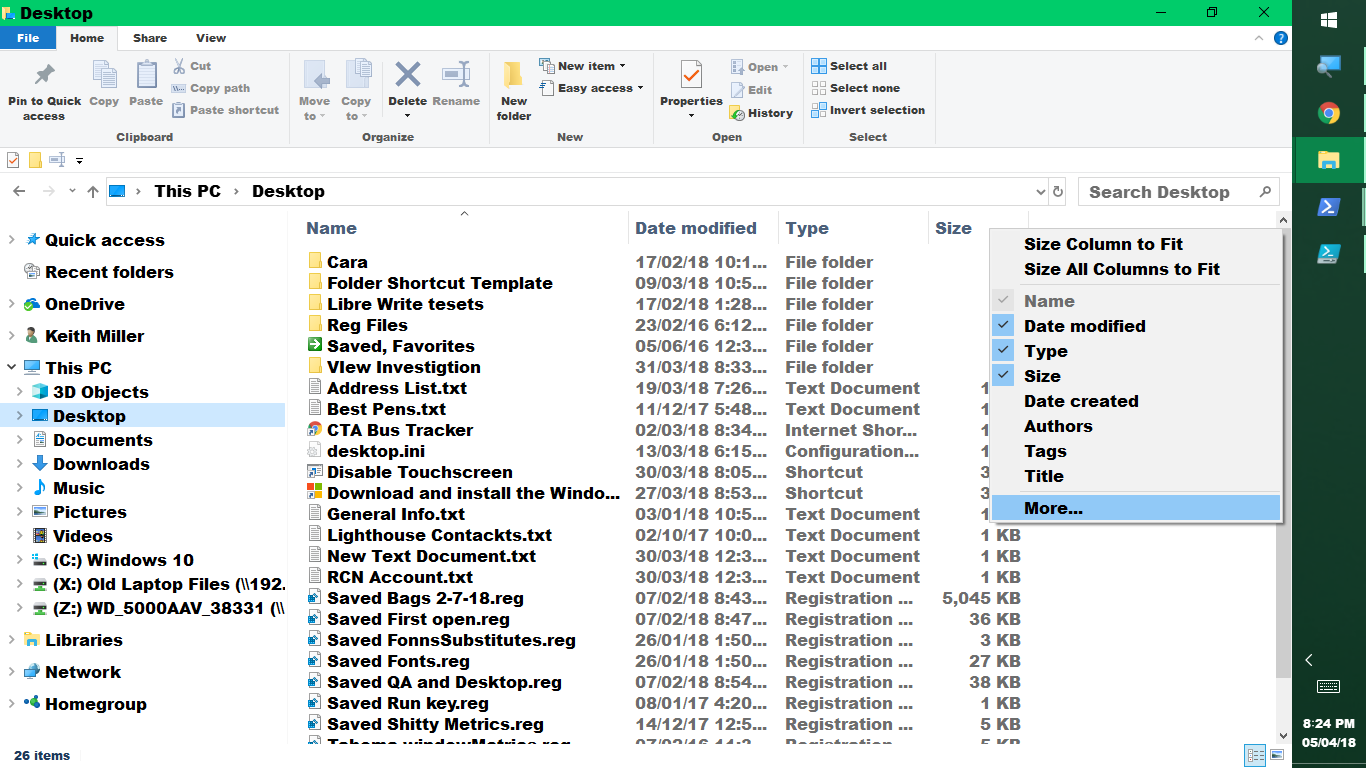1. I open a folder on an external hard drive that is listed in the indexing options of this PC. In that folder I find some mp3 files, and a couple jpg files. I do not want the jpg files (albumart). So I delete them. Then I decide to search the entire drive for jpg files. Search shows nothing. SO I move on to another folder. Guess what I find. 2 jpg files. So while IN THAT FOLDER I do a search for .jpg. Nothing found.
WHAT GIVES MICROSOFT?
2. I right click and open properties for my mp3 folder on the external hard drive. I find it has the Read Only check box marked. So I uncheck it and click Apply. Window pops up confirming I wish to "unset read only" and below there is a bulleted item for "Apply changes to this folder, subfolders, and files" This too is marked. The alternative "Apply changes to this folder only" is grayed out. I click OK and watch as it processes thousands of files.
When it is complete I open a folder in the mp3 folder and try to change the artist name of a song to correct it. I cannot change ANYTHING about that song. I find it is marked read only. So I UNCHECK the read only attribute and click Apply. Still cannot change the Artist name. Without right clicking though I CAN change the name of the file by clicking twice (slowly) on the name of the file.
WHAT GIVES MICROSOFT?
I think Microsoft was better off BEFORE Bill left.




